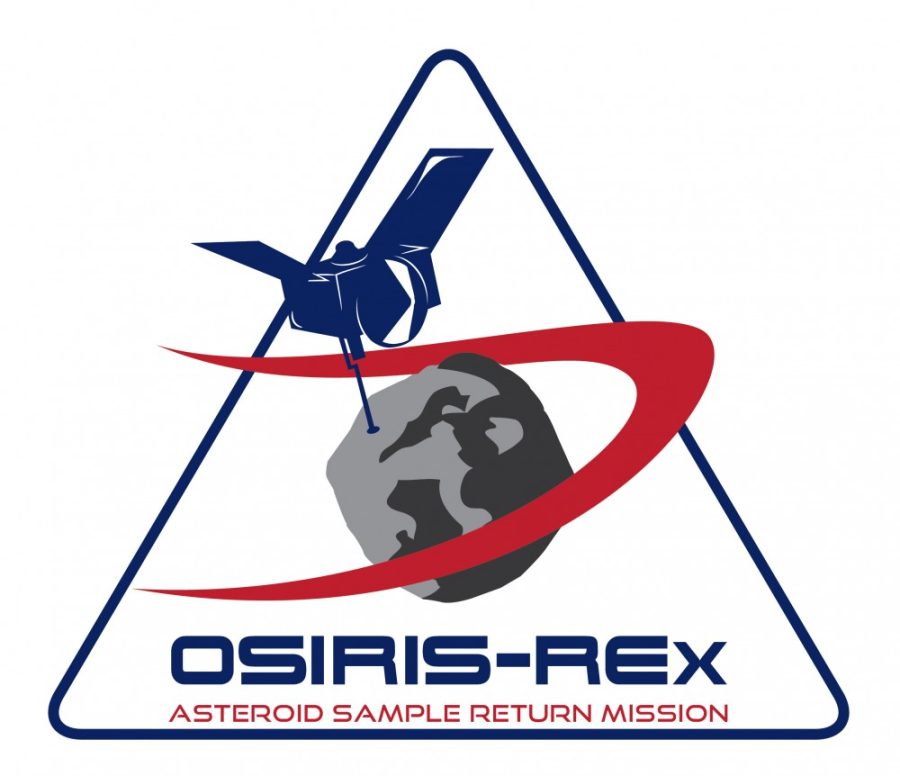Over 50 years ago, the UA Lunar and Planetary Laboratory was built to search for and study asteroids. Today, it tackles its search directly on the OSIRIS-REx mission.
Edward Beshore, deputy principal investigator of the project, described the Origins, Spectral Interpretation, Resource Identification, Security-Regolith Explorer (OSIRIS-REx) mission as “a NASA project to fly … a spacecraft to the asteroid, Bennu. A site will be selected where a sample of material will be retrieved.”
According to Beshore, because Bennu is a “primitive member of the solar system,” the material collected from this asteroid can allow the team to analyze whether or not the organic material and water originated on this asteroid, allowing analysis of how life on earth evolved.
“Since the moon missions 45 years ago, there has not been substantial extraterrestrial material brought back to earth,” Beshore said. “This mission is quite a turning point.”
It will not be a quick trip, though. The scientists are going to have a lot of waiting to do to get back those samples.
“The mission will be launched in September 2016 from Cape Canaveral. It will take the spacecraft approximately two years to reach the asteroid and then about 1000 days will be spent mapping the asteroid in space,” said Dr. Dante Lauretta, the principal investigator of the mission. The spacecraft is expected to come back in 2023.
The UA has been involved in this project since the very beginning.
“The Lockheed Martin company contacted the UA asking if we would be interested in collaborating with their novel approach to obtain a sample from an asteroid,” Beshore said.
With its partners, the Lockheed Martin Corporation, which “builds the flight system,” and NASA’s Goddard Space Flight Center, which “provides the expertise of NASA,” the UA entered a competition led by Lauretta to determine the academia that can “deliver the science that NASA wants,” according to Beshore.
In addition to building cameras for the mission, the UA team was responsible for processing the scientific information: observing the data, analyzing it and collaborating as a team to make a decision on how to conduct the rest of the study after the conclusion.
“Working on the project was a real experience,” Beshore said. “You meet so many intelligent people and you realize how much knowledge your head can hold. It’s a privilege to be trusted by American taxpayers to spend their money wisely on a mission like this.”
Follow Priyanka Hadvani on Twitter.









